MEGAPROJECT: THE CIRCULAR REGION
FOCUS AREA: CO-DESIGN AND CO-PRODUCTION OF KNOWLEDGE
CHALLENGE: MATERIAL AND ENERGY FLOWS IN A CIRCULAR REGION
CHALLENGE DESCRIPTION:
In North Denmark, thousands of tons of materials are every year treated against the intentions of the circular economy thereby re-enforcing traditional take-make-waste approach and hindering the transition to a more sustainable development. Furthermore, the region is still dependent on fossil fuels in its energy system – whether it is for electricity, heating or for transportation – and still have far to go in order to reach the reduction goal of 70% by 2030, and a fully de-carbonized energy system by 2050. A rapid transition of both the material and the energy systems is required in order to become a circular region.
In this challenge, students have the opportunity to work with partnerships aimed at the co-design and co-production of knowledge and solutions, and through close collaboration with various stakeholders, e.g. local municipalities, the Network for Sustainable Business Development, Siemens Gamesa Renewable Energy, and Norlys, contribute to the necessary transition away from the linear, carbon-based economy.
As background material, students have access to a recent material flow analysis (MFA) of the region, showing a range of interesting data across different industrial sectors. The MFA gives insights into the regional business structure, emissions, land use, waste creation, and energy use, and will be supported by other relevant data sets, e.g. on energy production.
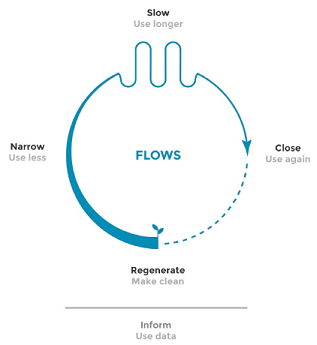
Konietzko, Bocken & Hultink, 2020
The MFA analysis have a set of focus areas in which separate material flows are calculated; these are: plastics, construction, IT and electronics, agriculture, metal, and textiles. These flows tend to down-cycle materials against the intentions of the waste hierarchy and the circular economy concept. In general, in these sectors, the reuse and recycling of materials are in many cases very poor, and business potentials and opportunities understudied and not fully utilised. The MFA and other datasets provide the students with the opportunity and ability to make data-assisted analyses and to give design and decision support on e.g. prioritisation of which sectors to focus on in the region of northern Denmark.
Whether the student has an interest in the regional business structure, mass and material flows, partnerships, innovation, enhancing the data further, waste minimization and handling, or energy systems and infrastructure, the student has the ability to use the MFA to kick-start imagination and test ideas along with one or more local companies or organizations.
The potential outcomes from students’ work include analyses of needs, potentials, barriers and opportunities to utilize the capabilities of business and industry offerings. They can also provide further understanding of technical, legal, sociological aspects of how a local-global company can support the development of the region. Or they can design, analyse and suggest concrete solutions for narrowing, slowing, and/or closing resource loops, minimizing energy demand and use, regenerating materials, and creating, supplying and using data.
IMPACTED SDGS:
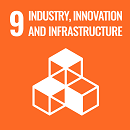
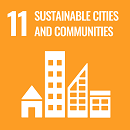
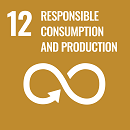
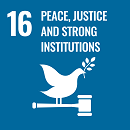
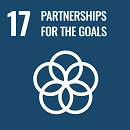
PROPOSED PROJECT PROBLEMS:
- What is the role of data, data management, share and use, and how can stakeholders enhance the data necessary to support the circular economy transition? Data is important, but who takes the lead – and can they (and the data) be trusted? Is there a potential for multi-stakeholder data partnerships in the region, and if so how can this be organized?
- How can Siemens Gamesa Renewable Energy (SGRE) support the region in its transition? Projects under this heading can for example take point of departure in analyzing the needs, potentials, barriers and opportunities to utilize the capabilities of SGRE’s business offerings, i.e. wind, solar, storage, PtX. The projects are also expected to provide an understanding of technical, legal, sociological aspects of how a local-global company can support the development of the region.
- What role can utility companies play in the energy and material transitions necessary to become ‘circular’? Projects under this heading can for example work closely with Norlys on how to de-carbonize the energy needs and use in peri-urban and rural areas; or with other utility companies focusing on materials and materials recovery for reuse and recycling.
- How can the private and public sectors work together with academia to form Circular Innovation in Partnerships. What role can and do each stakeholder play, what are the underlying assumptions, and which concrete solutions may emerge from or be tested in these partnerships
CHALLENGE PROPOSER:
Søren Kerndrup
Planning
soeren@plan.aau.dk
CO-PROPOSERS:
Martin Lehmann
Planning
martinl@plan.aau.dk
